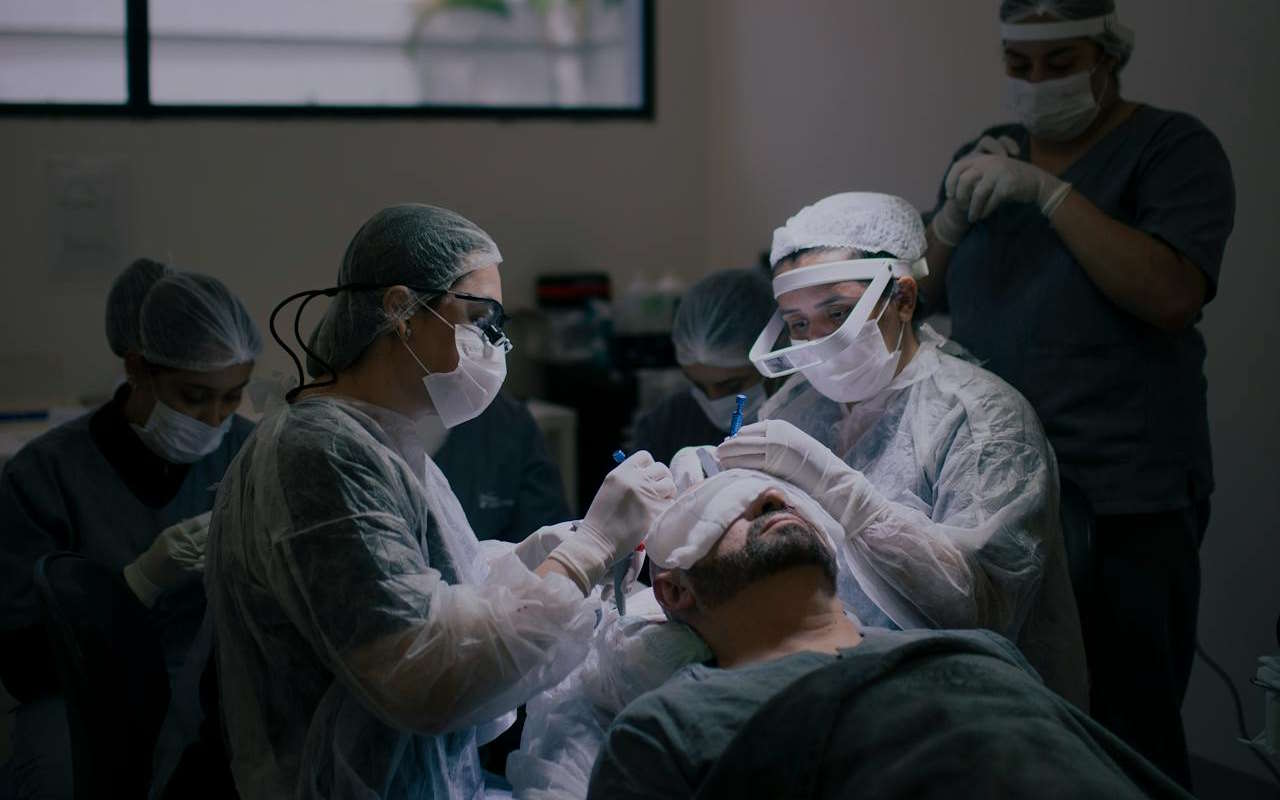The ARTAS hair transplant robot has revolutionized the field of hair restoration by offering a high-precision, minimally invasive, and efficient solution for individuals suffering from hair loss. Continue reading →
Hair loss is a common concern affecting millions of men and women worldwide. Advances in medical technology have led to the development of innovative solutions for hair restoration, with robotic-assisted procedures gaining popularity. One of the most revolutionary systems in this field is the ARTAS Robot, an advanced robotic hair transplant system that enhances precision, efficiency, and success rates in follicular unit extraction (FUE) procedures.


The ARTAS Hair Transplant System is a state-of-the-art, FDA-approved robotic technology designed to assist surgeons in performing FUE hair transplants. This advanced system uses artificial intelligence (AI) and robotic precision to identify and extract the healthiest hair follicles from the donor area and implant them in the recipient area with minimal scarring and high accuracy.
Unlike traditional hair transplant methods that rely solely on manual extraction and implantation, ARTAS enhances the procedure by eliminating human error and ensuring optimal follicle selection. This robotic technology provides a less invasive, more precise, and efficient solution for hair restoration.
The ARTAS system follows a multi-step process to ensure a successful hair transplant:
The ARTAS system offers several benefits compared to traditional hair transplant techniques:
ARTAS is ideal for individuals experiencing androgenetic alopecia (male or female pattern baldness) and those looking for a minimally invasive hair restoration option. Candidates should have a sufficient donor hair supply at the back and sides of the scalp. However, ARTAS may not be suitable for individuals with extensive baldness, severe scarring, or specific hair types (such as very curly hair) that may be challenging for the robotic system to process.
While ARTAS offers numerous advantages, there are some limitations to consider:
FeatureARTASTraditional FUEFUT (Strip Method)ScarringMinimalMinimalLinear ScarPrecisionHigh (AI-guided)Surgeon-dependentSurgeon-dependentRecovery TimeFasterModerateLongerNatural AppearanceHighHighModerate to HighSurgeon FatigueReducedHighHighCostHigherModerateLower
Many patients who have undergone an ARTAS hair transplant report high satisfaction rates. The robotic precision, minimal discomfort, and natural-looking results contribute to a positive experience. Some common testimonials include:
The success of ARTAS has paved the way for further advancements in robotic hair restoration. Future developments may include:
The ARTAS hair transplant robot has revolutionized the field of hair restoration by offering a high-precision, minimally invasive, and efficient solution for individuals suffering from hair loss. While it may not be suitable for everyone, its advantages in terms of precision, recovery time, and natural-looking results make it a compelling choice for many. As technology continues to evolve, ARTAS and similar robotic systems are likely to play an even greater role in the future of hair transplantation, making hair restoration more accessible and effective than ever before.
Targeted lessons that only consume a few minutes, the applications are making it possible for…
A tree trimming company startup needs zeal, organization as well as commitment to safety. You…
Automated repricing is a game-changer in the world of online selling. With a strategic approach, sellers…
If you’re someone who is willing to learn and stick with the process, farming can…
For many people, a business that supports a good life—not just a big payday—is the…
Diversification, decreased expenses, regular overall performance, and tax efficiency lead them to an appealing alternative…